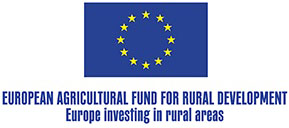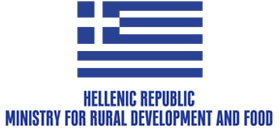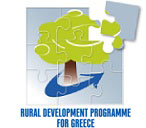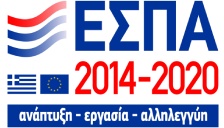Project
The aim of the project is to improve the sustainability and competitiveness of cotton cultivation both through the adoption of modern production methods and the interconnection between crop production and first processing.
Growers will be trained and implement new smart farming technologies and practices related to nutrition, fertilization and crop protection, thereby reducing the already high cost of production as well as the environmental footprint of the crop.
Through traceability (discrete input, storage and ginning), ginning companies will achieve the creation of a homogeneous product with significantly better quality fiber characteristics thus improving the competitiveness of the product. The importance of the business plan is based on one of the most dynamic arable crops in Greece, with a strong export character. The present project comes to provide solutions to the following problems faced by cotton cultivation in our country:
- the increasing production costs of the crop,
- the burden on the local environment,
- decision making about cultivation practices based on experience and not on scientific data,
- lack of training in quality systems and new technologies,
- lack of correlation between the sale price of seed cotton and quality characteristics,
- reduced competitiveness of the final product due to the simultaneous reddening of various varieties of cotton seed with heterogeneous quality characteristics.
At the same time, the creation of a climate of trust between producers and processors is sought, given that cotton is a commodity with great volatility in the selling price.
Project Stages:
- Analysis of characteristics of regions and crop,
- Installation of telemetric stations and other equipment.
- Installation of GPS on agricultural tractor.
- Development-application of cotton protocol.
- Implementation of smart farming (gaiasense).
- Training of producers and ginning staff.
- Crop visits.
- Development of digital applications (Cotton chain AFI Mobile App & Portal)
- Linking Portal with satellite images.
- Comparison of inputs (pilot plots & controls)
- In situ seed cotton moisture measurements & interconnection with climate data.
- Traceability monitoring.
- Measurement of quality characteristics of seed cotton and lint.





